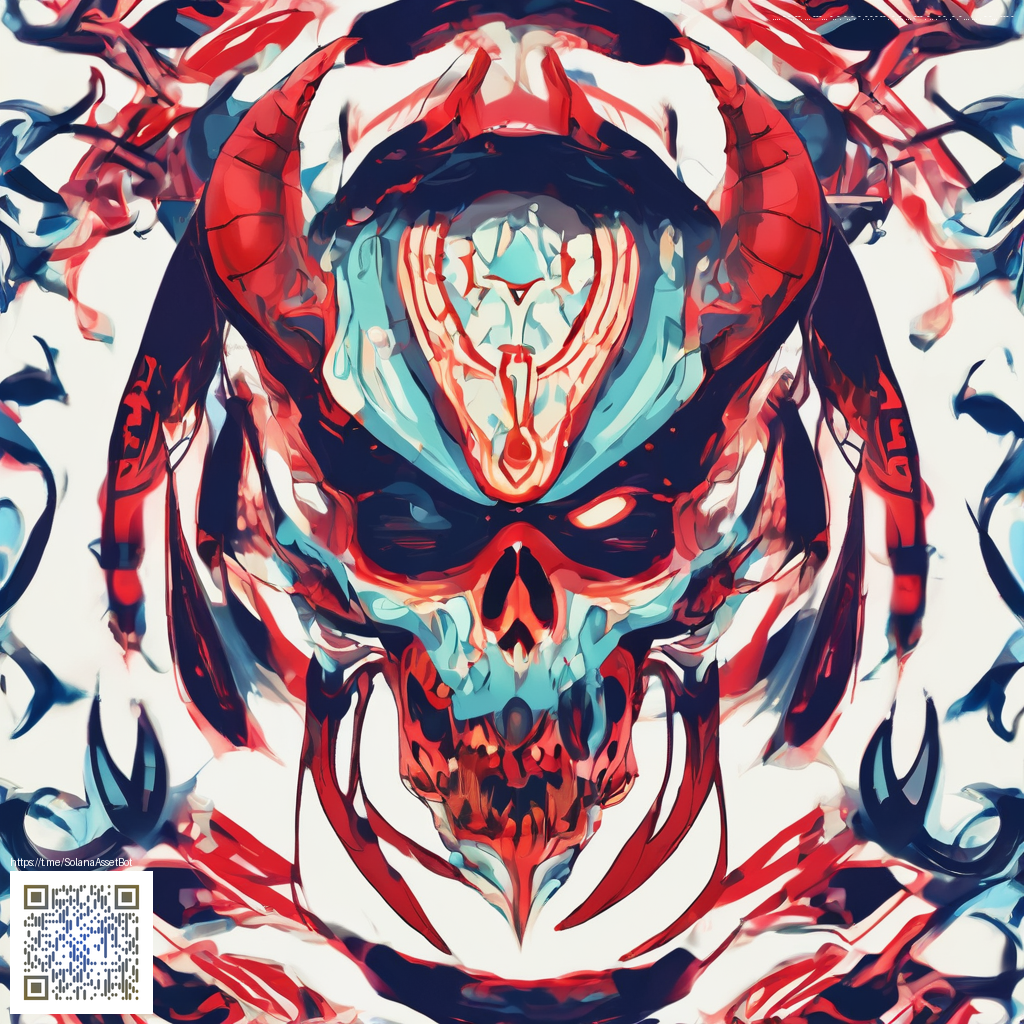Understanding Drunk CSS: A Playful Approach to Layout
Drunk CSS isn't about sloppy code or sloppy thinking. It's a design mindset that embraces a touch of chaos to create interfaces with personality—without sacrificing usability. Think of it as a carefully tuned wobble, a deliberate tilt, or a hover that nudges elements toward a more tactile feeling. The goal is to inject delight into the experience while keeping content legible and interactions predictable. When done with restraint, this approach turns flat, static pages into little, memorable moments that invite exploration rather than fatigue the reader.
To get the vibe right, you combine motion, offset, and scale in restrained, repeatable ways. You’ll often see subtle shifts during hover, gentle jank on card grids, or text that leans just enough to feel dynamic. The trick is to set guardrails: establish baseline spacing, limit the degree of tilt, and ensure that all changes respect the reading flow. In practical terms, this means pairing creativity with careful engineering—using CSS variables, clamp(), and prefers-reduced-motion to keep both whimsy and accessibility in balance.
What is Drunk CSS?
At its core, Drunk CSS is a portfolio of techniques that introduce controlled non-determinism into the layout. Elements might drift slightly when interacted with, or grid items might stagger their alignment in a way that feels organic rather than robotic. The key is intentional imperfection: the wobble should be perceptible yet not disorienting, injecting charm while preserving readability and task completion. When designers treat motion as a design resource—not a distraction—the result can feel surprisingly cohesive and human.
“A little wobble can give a UI character, but too much can drown the content.”
Practical tips for playful, yet usable design
Here are straightforward guidelines you can apply in real projects. They help you achieve personality without breaking the user’s train of thought.
- Seeded boundaries: Use CSS custom properties to store offsets, rotations, and scales. Example values like --drunk-tilt: 2deg; --drunk-offset: 6px provide a predictable ceiling for whimsy.
- Clamp the chaos: Rely on clamp() for responsive ranges so that motion scales gracefully across devices and text remains readable.
- Motion with purpose: Tie changes to user actions (hover, focus, or click) rather than continuous animation. This keeps discovery intentional and accessible.
- Respect users’ needs: Provide a reduced-motion fallback using @media (prefers-reduced-motion: reduce) to strip away non-essential motion for sensitive users.
- Accessible rhythm: Pair motion with consistent timing functions and durations so patterns feel like deliberate choreography rather than randomness.
- Progressive enhancement: Start with a solid, static baseline. Layer in playful offsets only after the layout proves stable on major breakpoints.
In practice, you can translate these ideas into projects ranging from navigation hints to product showcases. A well-tuned wobble on a card deck can make browsing feel tactile and friendly, while ensuring that headings, body text, and CTAs remain crisp and legible. For teams prototyping playful interfaces on the go, a sturdy, MagSafe-ready companion like the Polycarbonate Card Holder Phone Case with MagSafe can keep devices safe without weighing down the workflow. Its clean silhouette mirrors the restraint you apply to motion—clean, simple, and reliable even as your UI experiments bend the rules a bit.
Beyond hover states, you can explore subtle shifts in grid alignment, staggered entry of list items, or gentle card tilt on focus. The idea is to create texture, not chaos. If a pattern starts to compete with content, scale it back or switch to a more reserved variant. The best Drunk CSS implements a palette of small, cohesive motions that families of components can share, so the interface feels like a connected system rather than a random collection of tricks.
As you experiment, document your patterns and establish a design language for motion. This helps teammates understand when and where to apply Drunk CSS, ensuring consistency across pages and features. When implemented thoughtfully, these playful touches can make your interface feel welcoming, memorable, and just a little bit magical—without sacrificing clarity or performance.
From concept to craft: a quick workflow
1) Define a baseline grid and motion budget. 2) Create a small set of motion tokens (tilt, drift, scale) and set constraints. 3) Apply patterns to components that benefit from personality (cards, menus, hero sections). 4) Test with accessibility in mind and add prefers-reduced-motion rules. 5) Iterate with feedback from real users and stakeholders.
